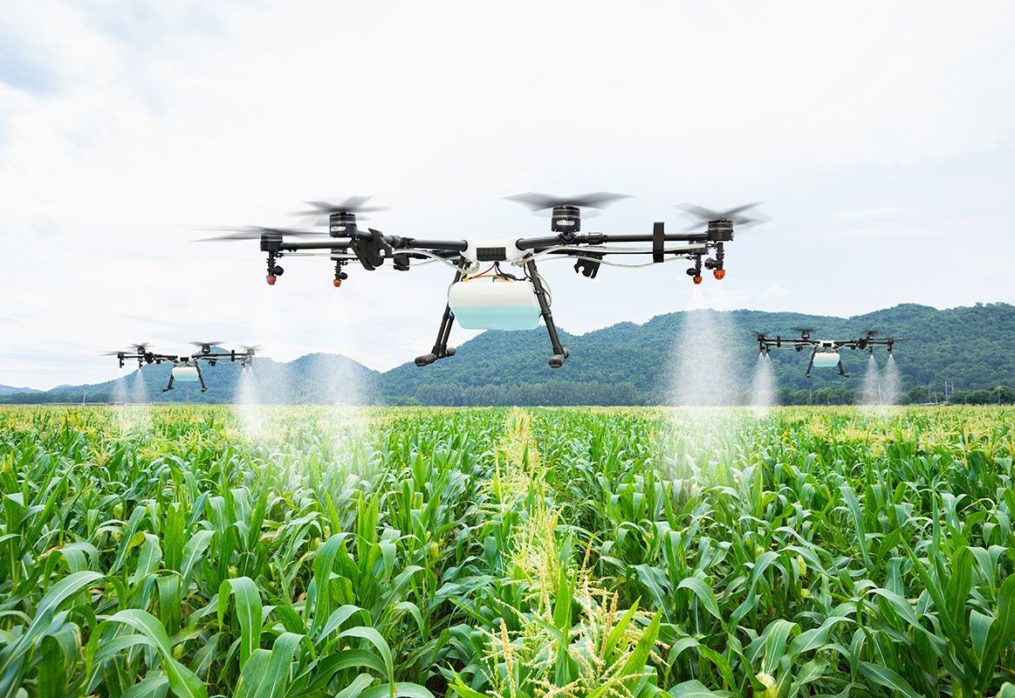Corn pests can be eradicated thanks to drones
Corn pests threaten plots in Southeast Asia
Unmanned technologies are used in many areas, including agriculture. Thanks to innovative solutions, farmers in Southeast Asia are not afraid of corn pests. Using drones and a special mobile application, farmers protect grain from the leaf earworm, which causes great damage to crops.
Drones also help small farms reduce the amount of pesticides used. This makes cultivation more environmentally friendly and reduces the use of chemicals that negatively affect the soil.
The mobile app alerts you in advance if a pest is approaching the plots and then sends you recommendations that tell you how to control the drone. All processes are handled through the Grow Asia platform, which monitors and controls unmanned vehicles. While the application for agricultural activities is a pilot project, over time, experts plan to develop a variety of business models focused on small farms. The authors of the project want to make modern technology more accessible to farmers, as well as to demonstrate its effectiveness in reducing costs and increasing productivity. In addition, Grow Asia actively promotes the use of biocontrol, the main principle of which is the use of living organisms to reduce the number of pests. The company is also developing new varieties of corn that will be resistant to parasites and climate change. For this purpose, specialists communicate with farmers, monitor the maturation of grain, monitor the volume of yield and the factors on which it depends.
In addition, Grow Asia actively promotes the use of biocontrol, the main principle of which is the use of living organisms to reduce the number of pests. The company is also developing new varieties of corn that will be resistant to parasites and climate change. For this purpose, specialists communicate with farmers, monitor the maturation of grain, monitor the volume of yield and the factors on which it depends.
According to experts, the best solution to control the main pest of corn — the leaf earworm — is its early detection. For this purpose, a thorough inspection of the field, which ideally should take place at least 3 times a week in the first month after sowing.
According to an analysis of Southeast Asian agriculture, the pest causes 30% damage to total corn production. Although it was first reported in the region in 2018, it is already known to devour about 350 plant species. Meanwhile, monsoons allow the pest to travel long distances and the tropical climate promotes year-round reproduction.
Grow Asia notes that a regional approach is needed to combat the earworm, as the introduction of various eradication measures within one country will not yield the desired results. It would be much more effective to combine efforts. Therefore, the company wants to talk to farmers in Indonesia, the Philippines and Cambodia about the plan of action to reduce the earworm population, as well as to get their views on eliminating the problem.
